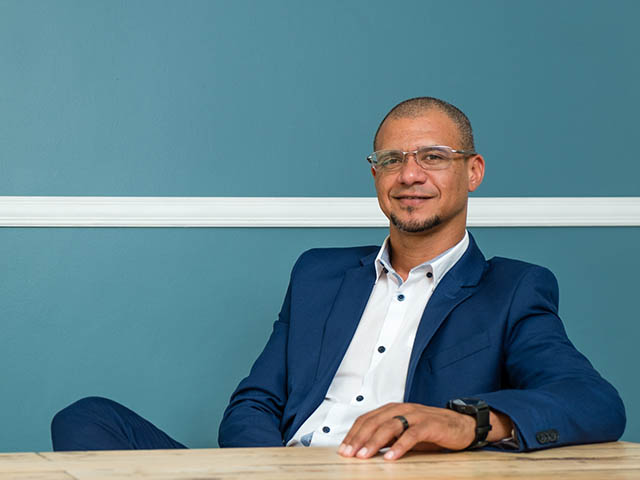TechSmart News sponsored by the Huawei Global Developer Programme
In five years, the world will have more than 40 billion devices. Locally, IoT specialist, Eseye, says that South African CIOs are recognising IoT (Internet of Things) and M2M (Machine to Machine) technologies as strategic imperatives, but the journey is still in its infancy.
“As legacy systems start to reach end of life, digital shifts will become inevitable. This, coupled with an increasing demand for improved bottom line results from existing and new markets, makes IoT a more viable option over the next five years. This is particularly prevalent in manufacturing, especially where time to market and product diversification has become necessary for business survival,” says Jeremy Potgieter, Regional Director - Africa, Eseye.
He says that within this sector one thing matters - output: “Fulfilling the product to market lifecycle is what makes a manufacturer successful. Addressing this functionality and production optimisation through technology is becoming more critical as they focus on increasing output and reducing downtime. By monitoring machinery and components in the production line, any concerns that arise, which impacts both the manufacturer and consumers alike, will be more efficiently dealt with by using an IoT approach.”
Potgieter explains that there is also the growing strategic approach to increase the bottom line through new markets. As manufacturers seek new revenue streams, Eseye is encouraging the use of rapid IoT enabled device product development : “By addressing the connectivity aspects required at deployment, manufacturers are immediately diversifying their portfolios. Eseye, as an enabler, assists by providing market ready SIMs, which can be embedded into IoT connected devices at OEM level, connecting them to a plethora of services (as designed for) upon entry to market, anywhere in the world.”
In addition, Potgieter notes that organisations are increasingly looking towards IoT connectivity managed services to capitalise on specialist expertise and ensure the devices are proactively monitored and managed to ensure maximum uptime, while reducing data costs.
Impacting IoT adoption though, is undoubtedly the network infrastructure required. Potgieter says that this varies significantly and will depend on criteria such as sensor types and corresponding measurements, the overall communication protocols, data volume, response time, and analytics required.
“While the majority of IoT implementations can be enabled using cloud-based IoT platform solutions, the infrastructure required still remains important. A cloud platform will simplify infrastructure design and enable easy scaling capability, while also reducing security and data analytics implementation issues,” he concluded.





